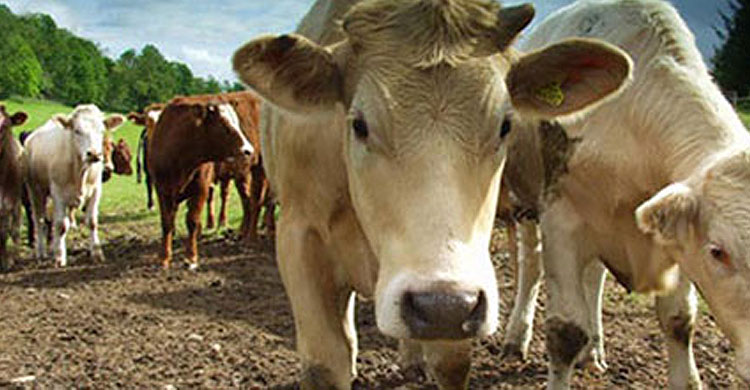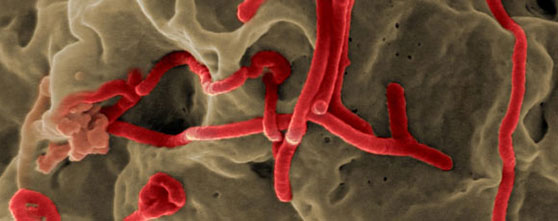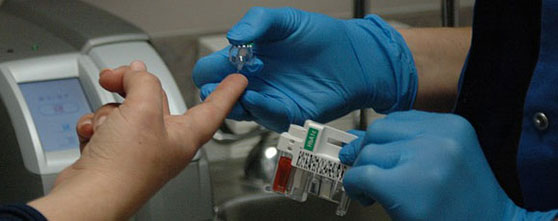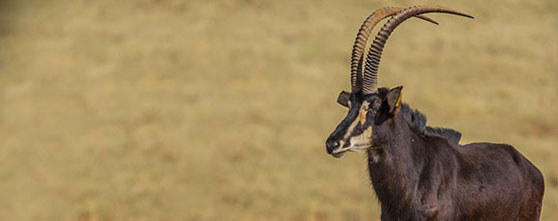
Image by Dorcas Sinclair.
While it has been widely reported that cow flatulence causes considerable carbon pollution, dairy cattle manure may soon redeem itself as a renewable energy source. Researchers at the University of Fort Hare recently found that the dung of these cows contains the right microorganisms to turn biomass within the manure itself into biogas (gas of biological origin which can be used as an energy source).
The team placed manure slurries from the Fort Hare Dairy Farm in the Eastern Cape into a biodigester, measuring various parameters such as temperature, microbial content and pH over time. They confirmed that biogas could be produced in this way, thus opening up new research avenues for both clean energy production and the repurposing of agricultural waste.
Read the original peer-reviewed article

Image by NAIAD.
In a letter to the editor of Infectious Diseases of Poverty, researchers from the University of Pretoria and the University of the Witwatersrand (both top local research institutions) highlight the need to improve early warning systems, vaccines and treatments against Ebola in light of the recent outbreak in West Africa.
They recommend increased funding for trans-disciplinary research and development, and better coordination of such activities. In addition, outbreak surveillance response systems could be strengthened by maximising recent advances in genomics, biotechnologies and communication technologies.
Read the original peer-reviewed article

Image by Pixabay.
Mice suffering from diet-induced type 2 diabetes, and who were immunised with a novel vaccine, showed improved glucose tolerance due to better insulin secretion by cells in the pancreas. This is the outcome of a preclinical animal study by the University of Cape Town, in collaboration with researchers from Switzerland and the United Kingdom.
The vaccine consists of virus-like particles attached to the inflammatory molecule responsible for causing the destruction of insulin-producing cells (interleukin-1β, or IL-1β). The vaccine is designed to elicit an immune response against the interleukin-1β produced by the body so that insulin-secreting cells are no longer destroyed.
Researchers found that the vaccine was not harmful to mice, and indeed elicited an immune response that neutralised the activity of the interleukin-1β. They also found that immune responses against some other infectious agents, like the bacterium that causes tuberculosis, was not compromised.
The team concluded that immunisation with this anti-IL-1β vaccine has the potential to become a safe, effective and affordable therapy for the prevention and long-term treatment of type 2 diabetes.
Read the original peer-reviewed article

Image by Wikimedia Foundation.
Researchers have devised a new genetic toolbox to help save Angola’s giant sable antelope (Hippotragus niger variani). This majestic animal is severely endangered, with numbers declining due to unsustainable hunting. Zoologists at The University of Johannesburg partook in an international effort to develop a set of 57 microsatellites (a type of genetic marker) specific to the giant sable.
The microsatellite panel was successfully tested on the roan antelope (Hippotragus equinus), and can be used to characterise different Hippotragus species. As the panel revealed that genetic diversity has declined among Angola’s giant sables, the research team hope their toolbox will aid conservation of this iconic mammal.